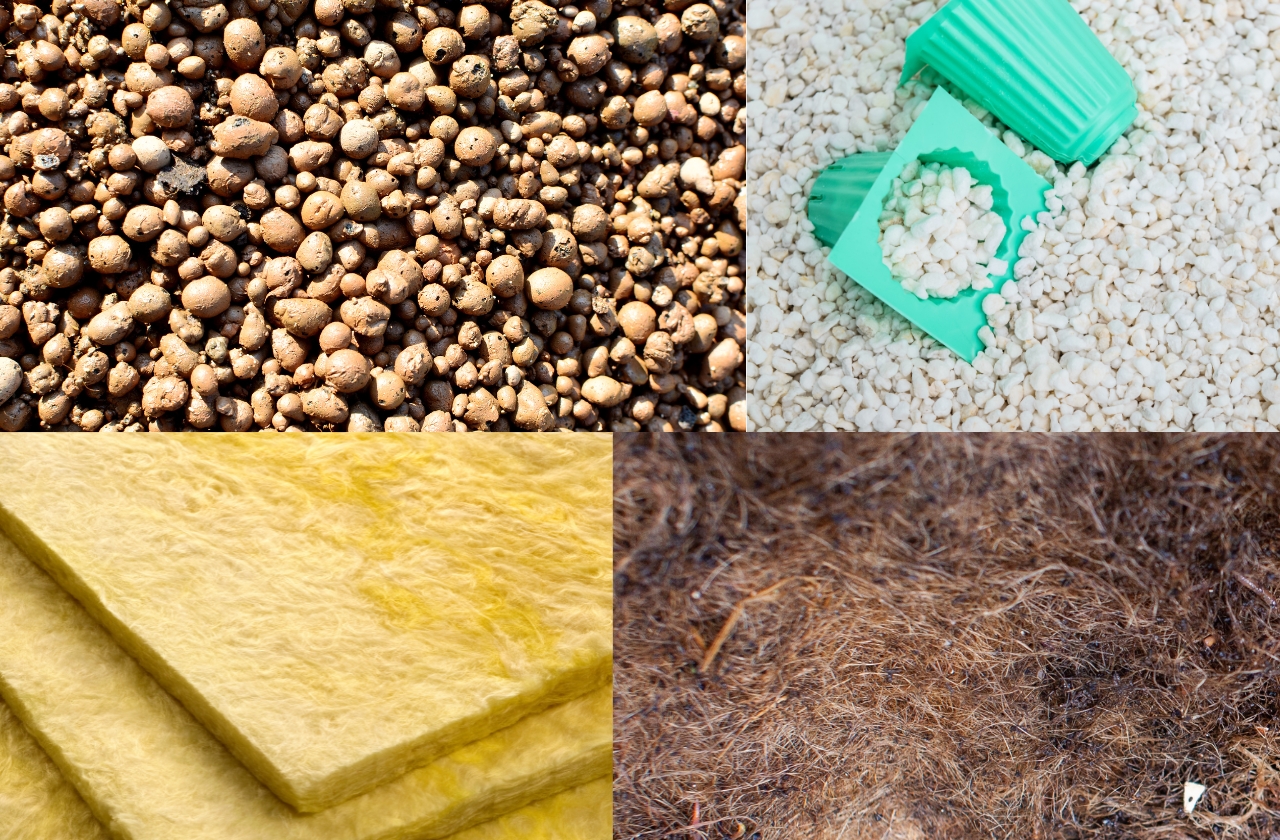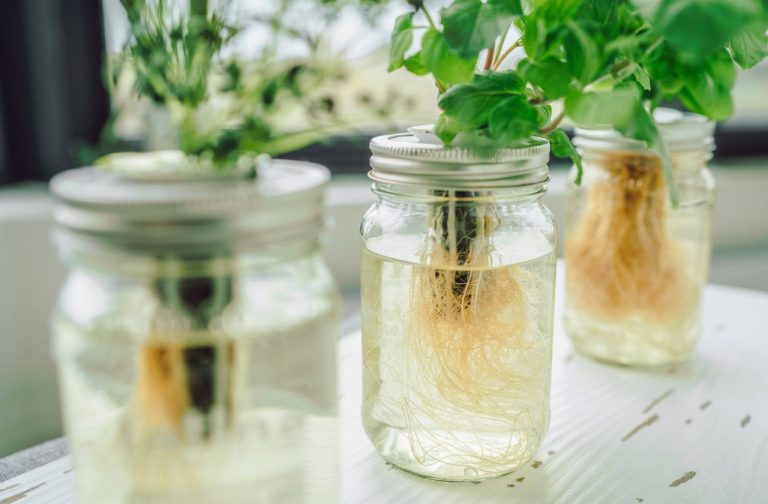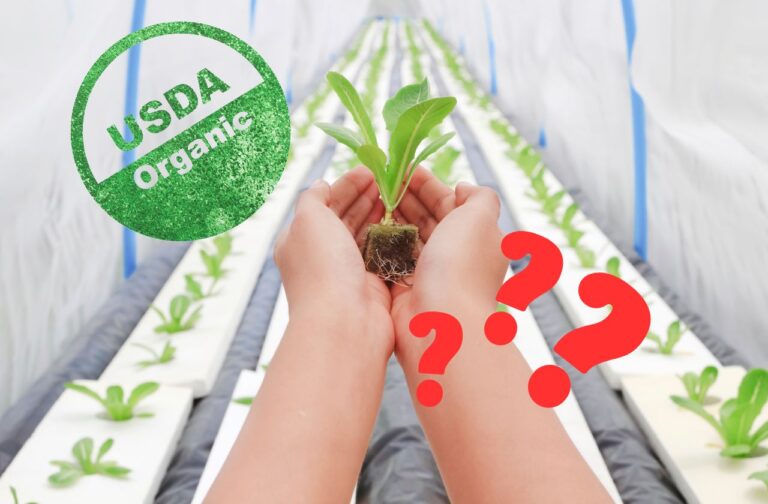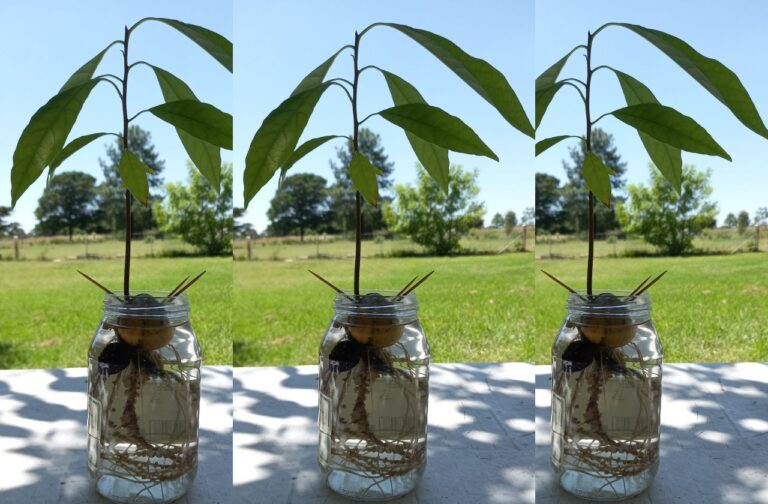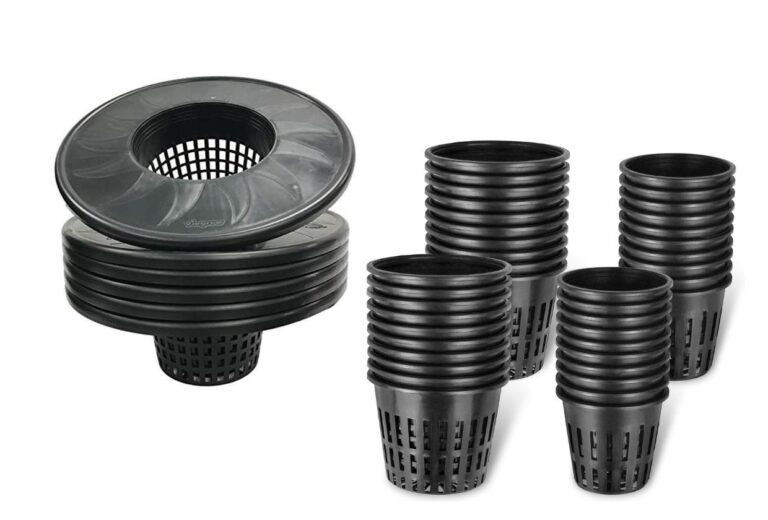What Are The Best Hydroponic Growing Mediums?
I get commissions for purchases made through links in this post. View our Affiliate Disclaimer.
When starting your hydroponic garden, the choice of growing medium plays a vital role in helping your plants thrive. Your selection of a growing medium sets the stage for the success of your green haven.
With a variety of options available, each offering unique benefits, finding the perfect growing medium can be an exciting journey. From traditional choices like rockwool to modern solutions such as expanded clay aggregate, the range of possibilities is vast.
Identifying the best growing mediums for hydroponics is not just a decision but a step toward unlocking your plants’ full potential.
Understanding Hydroponic Growing Mediums
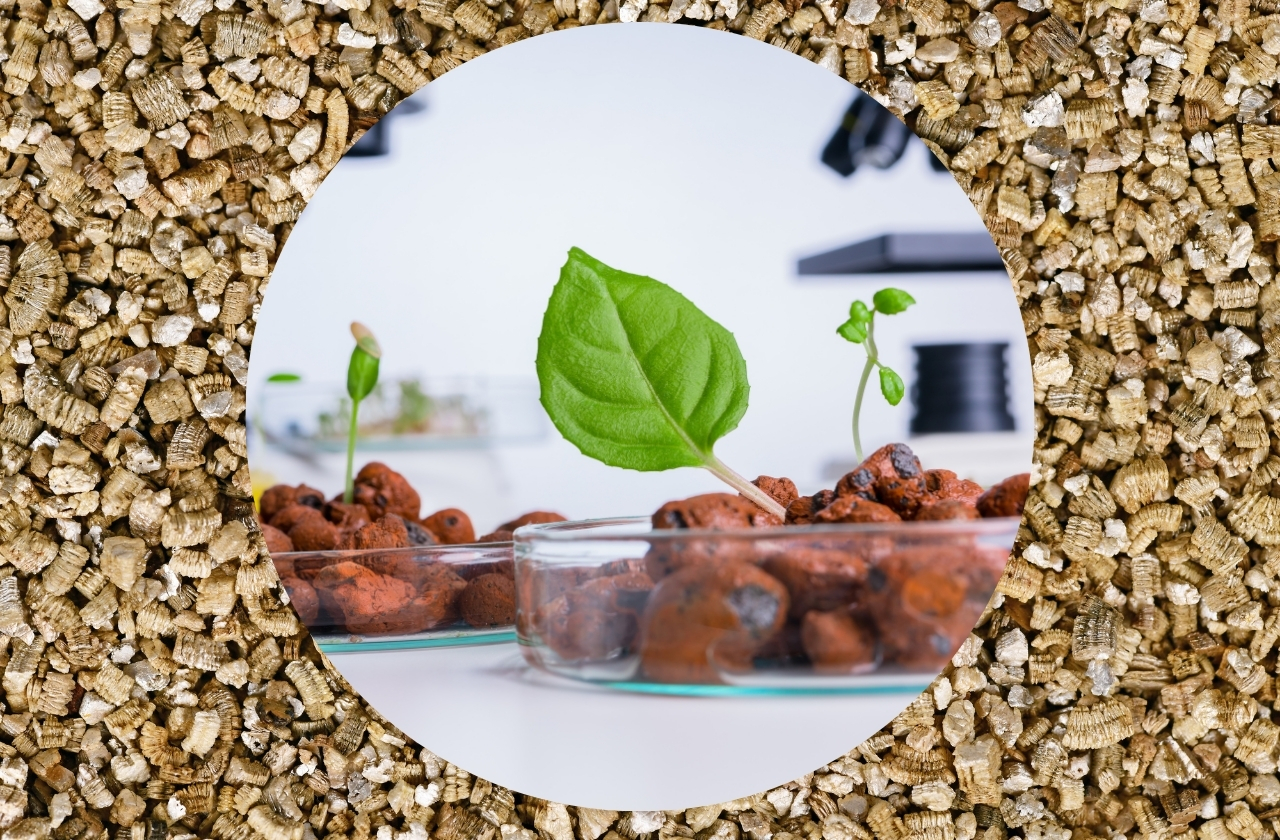
Understanding the various hydroponic growing mediums is essential for maximizing plant growth in controlled environments. In the context of the Dutch bucket system, known for its efficiency in small spaces, sustainable options like coco coir and perlite are key players.
Coco coir, made from coconut husks, has excellent water retention and optimal pH levels for plant growth. On the other hand, perlite, a volcanic glass material, promotes air circulation, aids in moisture retention, and improves root aeration, making it a great choice for Dutch bucket systems. These mediums provide the necessary drainage, aeration, and nutrient availability crucial for healthy plant growth.
When setting up a Dutch bucket system, it’s recommended to use high-quality drainage materials such as pea gravel or hydroponic clay pebbles. Filling each bucket properly with the chosen growing medium, while leaving space for seeds or starter plants, ensures ideal growth conditions. Regularly adding a nutrient mix and maintaining proper moisture levels are essential steps in maximizing plant nutrition and preventing root rot. Additionally, implementing a remote watering system can offer consistent plant care and water efficiency in Dutch bucket gardening.
Selection Criteria for Hydroponic Mediums
When choosing soilless grow mediums or hydroponic growing mediums, it’s important to consider factors like water retention, nutrient availability, and pH levels to support optimal plant growth in controlled environments.
For those interested in organic hydroponics, sustainable options like coco coir are ideal due to their excellent water retention and pH balance, making them beginner-friendly.
In the realm of hydroponic systems, perlite and vermiculite are often compared. Perlite, a lightweight volcanic glass, stands out for its exceptional oxygen retention and affordability, making it a popular choice for beginners for its ease of use and ability to be reused.
On the other hand, vermiculite is known for its water retention and cation-exchange capacity, often combined with perlite to improve drainage in specific hydroponic setups.
Understanding the distinctions between perlite and vermiculite can help beginners make informed decisions when establishing their hydroponic systems.
Ultimately, selecting the most suitable hydroponic mediums for beginners involves a careful balance of factors like water retention, nutrient availability, and sustainability to create an optimal environment for healthy plant growth.
Benefits of Coco Coir in Hydroponics
In hydroponics, using coco coir brings valuable advantages because of its exceptional water retention properties and eco-friendly characteristics.
- Promotes Healthy Root Growth: The fibrous nature of coco coir supports the development of strong and healthy roots, enabling better absorption of nutrients and oxygen for plants.
- Environmentally Conscious Choice: As a renewable and organic byproduct of the coconut industry, coco coir is a sustainable option for hydroponic systems, contributing to environmentally friendly practices.
- Efficient Moisture Retention: Coco coir effectively holds moisture, reducing the need for frequent watering while ensuring plants receive a consistent water supply.
- Versatile Medium: This growing medium can be used independently or mixed with other substrates, offering flexibility to create an optimal environment for different plant species in hydroponic setups.
Rockwool as a Hydroponic Medium
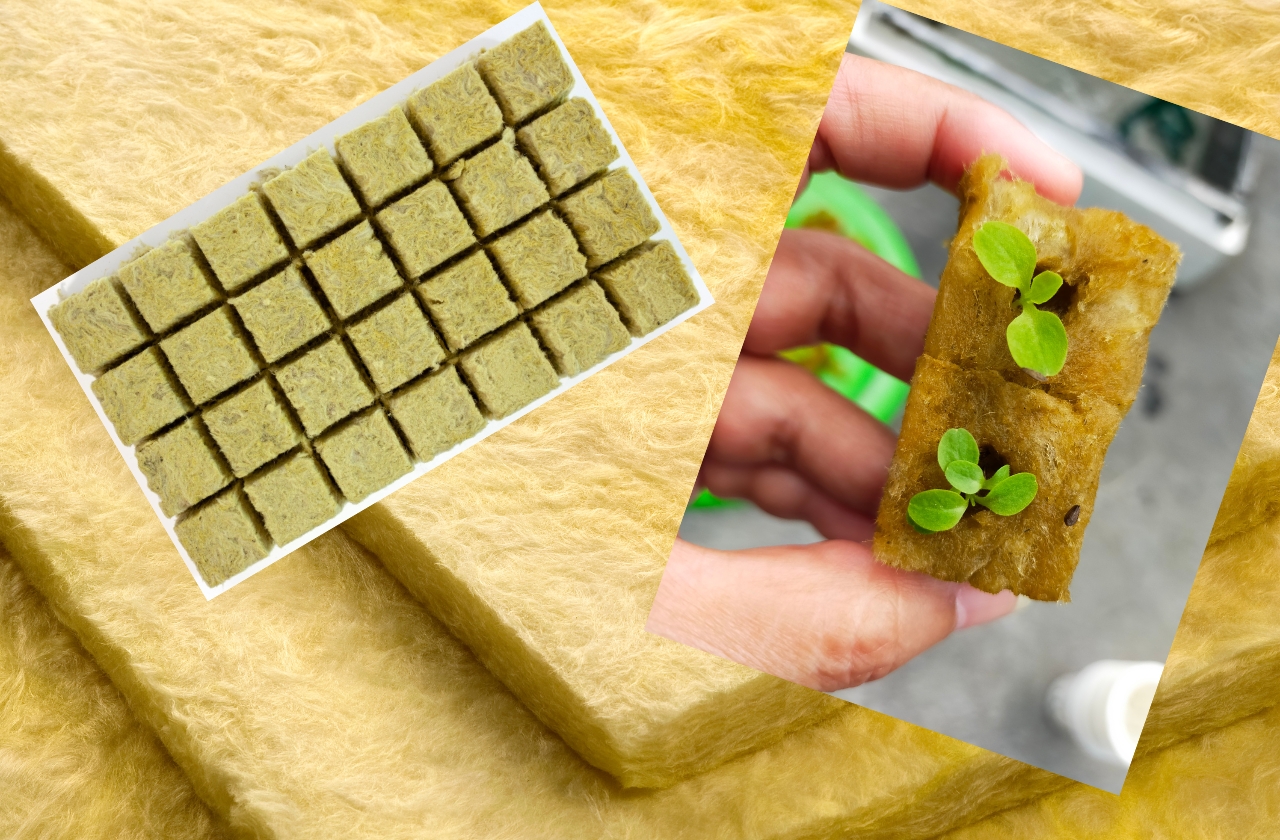
Rockwool is a popular choice for hydroponic gardening because of its sterile composition and beneficial properties that support plant growth. It provides a stable structure for roots, retains moisture, and allows for proper aeration in hydroponic systems.
The porous nature of rockwool helps roots access oxygen efficiently, promoting healthy growth. Additionally, it has good water retention properties, ensuring plants receive enough water. However, it’s important to monitor the pH levels as they may need adjustment to meet specific plant requirements.
Despite not being environmentally friendly, rockwool remains effective in supporting plant development in hydroponic setups. To optimize growing conditions, it’s essential to manage pH levels properly and closely observe plant growth when using rockwool as a hydroponic medium.
Expanded Clay Aggregate in Hydroponics
Expanded Clay Aggregate, also known as clay pebbles or hydroton, is a popular growing medium in hydroponic systems for its excellent aeration and water retention abilities. This lightweight material creates a well-aerated environment for roots in hydroponic setups, ensuring efficient nutrient absorption and water distribution for plant growth.
The porous structure of expanded clay aggregate prevents waterlogging, making it an ideal choice for maintaining a well-drained medium suitable for various plant species. Its use promotes healthy root systems, essential for thriving plants in soilless cultivation systems.
Utility of Growstones in Hydroponic Systems
Growstones are a valuable medium in hydroponic systems due to their porous structure and efficient air to water ratio, promoting optimal root growth and nutrient absorption.
Made from recycled glass bottles, they’re a sustainable choice for growers. These lightweight inorganic media provide excellent aeration and drainage, which is essential for healthy plant development.
Growstones facilitate strong roots, enhance nutrient uptake, and promote oxygenation, leading to vibrant and thriving plants in hydroponic setups. Incorporating Growstones into your system can significantly benefit plant growth and overall yield.
Rice Husks: A Hydroponic Medium Overview
Using rice husks as a hydroponic medium can significantly benefit your plant growth setup. These husks, derived from rice production, are organic and eco-friendly, aligning with sustainable gardening practices. Their excellent drainage properties prevent waterlogging and ensure proper aeration for robust root development. Although rice husks decompose over time, they remain beneficial for plant growth until then. It’s important to note that rice husks aren’t pH neutral, necessitating monitoring and adjustment for optimal growing conditions.
Incorporating rice husks into your hydroponic system offers a natural and biodegradable option that fosters efficient water drainage and aeration for your plants. Experimenting with this lightweight organic material can provide a sustainable and effective growing medium for your hydroponic endeavors.
Perlite’s Role in Hydroponic Cultivation

Perlite, a lightweight volcanic glass with a porous structure, plays a vital role in hydroponic cultivation by enhancing oxygen retention and affordability in plant growth systems. When utilized as a growing medium, perlite facilitates aeration, which supports root health and nutrient uptake. Its porous composition enables efficient drainage, preventing water accumulation and ensuring adequate oxygen levels around the roots.
By improving aeration, perlite helps maintain the pH balance in hydroponic setups, allowing plants to absorb nutrients effectively. This results in enhanced plant growth rates in hydroponic environments, leading to lush and thriving vegetation. Thanks to its lightweight nature, perlite is easy to handle and blend with other mediums, giving growers flexibility in creating customized growing conditions.
Vermiculite and Hydroponic Growing
Vermiculite, a natural mineral growing medium, offers great potential for boosting plant growth and nutrient absorption in hydroponic systems. Its ability to retain moisture is vital for ensuring plants receive a consistent water supply.
Additionally, vermiculite’s lightweight structure supports root development and prevents the compacting of the growing medium. When paired with perlite, it creates an ideal environment for roots to thrive and absorb nutrients efficiently.
With a high cation-exchange capacity, vermiculite holds essential nutrients, making them easily accessible to plants for optimal growth. By integrating vermiculite into hydroponic setups alongside materials like perlite, you can establish a conducive setting for strong plant growth and effective nutrient utilization.
Gravel as a Hydroponic Medium: Pros and Cons
Gravel is commonly used as a hydroponic medium, offering both advantages and disadvantages that influence plant growth and system efficiency. When considering gravel for hydroponic setups, it’s essential to understand its strengths and weaknesses. Below is a breakdown of the pros and cons of using gravel in hydroponic systems, particularly in Dutch bucket configurations:
| Gravel in Hydroponics | Pros | Cons |
|---|---|---|
| Benefits | – Allows roots to receive adequate aeration | – Limited water retention capacity |
| – Promotes good drainage | – Heavier compared to other media | |
| – Cost-effective and readily available | – Requires thorough cleaning before use | |
| – Well-suited for Dutch bucket systems | – Prone to compacting over time |
In Dutch bucket setups, gravel can provide the necessary aeration and drainage for plant roots, making it a practical choice. However, its limited water retention and tendency to compact may require extra attention to ensure optimal plant growth. Consider these factors when deciding if gravel is the right hydroponic medium for your system.
Sheep Wool: An Unconventional Hydroponic Medium
Sheep wool is a versatile hydroponic medium that offers unique benefits for plant growth in controlled environments. It serves as an organic alternative to traditional options like rockwool, making it a sustainable choice for hydroponic systems.
With its do-it-yourself nature, sheep wool allows for easy customization and experimentation in setting up hydroponic systems tailored to specific needs. This eco-friendly medium promotes greener agricultural practices and can support high yields in aquaponic setups.
Brick Shards in Hydroponic Systems: An Analysis
Brick shards offer a unique alternative for hydroponic systems, providing distinct properties that can enhance plant growth and system efficiency. When considering brick shards as a growing medium in hydroponic setups, it’s important to assess their impact on pH levels and drainage.
These porous fragments, commonly used instead of gravel, excel in promoting good drainage within the system. However, one must be mindful of their potential influence on pH levels and make necessary adjustments to maintain the optimal range for plant development.
Despite this consideration, their cost-effectiveness and ability to facilitate adequate drainage make them an intriguing option for hydroponic enthusiasts. By carefully evaluating the pH adjustment requirements and drainage capabilities of brick shards, informed decisions can be made regarding their suitability as a growing medium in hydroponic systems, ultimately benefiting plant health and system functionality.
Evaluating Hydroton as a Hydroponic Medium
When assessing Hydroton as a hydroponic growing medium, it’s crucial to consider its unique qualities and how well it supports plant growth in controlled settings. Here are some key points to note:
- Root Health: Hydroton provides excellent aeration for plant roots, which is essential for their overall health and growth.
- Water Efficiency: Hydroton is known for its water-saving properties, helping to maintain just the right amount of moisture for plants.
- Versatility: Compared to coco coir and clay pebbles, Hydroton strikes a balance between water retention and drainage, making it a versatile option for different plant types.
- Environmental Stability: Using Hydroton helps in creating a stable hydroponic environment, crucial for the successful cultivation of various plants, especially leafy greens.
Considering these factors, Hydroton stands out as a promising hydroponic medium suitable for growing leafy greens. It offers a mix of aeration, water efficiency, and environmental control that are essential for the thriving growth of plants in hydroponic systems.
Conclusion
When it comes to hydroponic gardening, choosing the right growing medium is crucial for your plant’s health and growth. Each medium, like perlite with its great air circulation or coconut coir known for water retention, offers unique advantages.
From rockwool to expanded clay aggregate, gravel, sheep wool, brick shards, and Hydroton, there are various options to create an ideal environment for your plants to thrive in a hydroponic system. By understanding the benefits of these mediums and selecting wisely, you can set the stage for a flourishing hydroponic garden.
Frequently Asked Questions
Can You Reuse Coco Coir in Hydroponic Systems, or Is It a One-Time Use Medium?
Yes, you can definitely reuse coco coir in hydroponic systems, making it a sustainable and cost-effective choice. To ensure its continued effectiveness, remember to rinse and sterilize the coco coir between uses to prevent any potential contamination. Coco coir is known for its ability to retain moisture, support healthy root growth, and it’s an environmentally friendly option for your hydroponic setup. So, by reusing coco coir, you not only save money but also contribute to a more sustainable gardening practice.
How Does the Ph of Rockwool Affect Plant Growth in Hydroponic Setups?
Maintaining the proper pH levels of rockwool is crucial for optimizing plant growth in hydroponic systems. When the pH is adjusted correctly, it ensures that essential nutrients are readily available for the plants to absorb, leading to healthy root development and vigorous growth. Regular monitoring of pH levels is essential to support the overall health and vitality of the plants in hydroponic setups.
Are There Any Specific Plant Types That Thrive Better in Expanded Clay Aggregate Compared to Other Hydroponic Mediums?
When it comes to plant types that thrive in expanded clay aggregate, root vegetables like carrots and radishes stand out. These plants benefit from the porous nature of clay, which provides excellent aeration and drainage for their root systems. As a result, they experience healthier growth compared to other hydroponic mediums. The structure of expanded clay aggregate creates an optimal environment for these vegetables to develop robust roots and flourish in hydroponic systems.
What Are the Challenges Faced When Using Growstones in Hydroponic Systems, and How Can They Be Overcome?
When using growstones in hydroponic systems, you may encounter challenges such as roots sticking to them and difficulty in cleaning. To tackle these issues, consider using root barriers to prevent adhesion, pre-soak the growstones before use to make cleaning easier, and opt for gentle cleaning methods. Ultimately, maintaining the health of the root zone is crucial for successful hydroponic gardening.
How Do You Properly Prepare Rice Husks for Use as a Hydroponic Medium to Maximize Their Benefits for Plant Growth?
Preparing rice husks for hydroponic use involves soaking them in water to remove impurities and enhance water retention. Thoroughly rinsing the husks is crucial to eliminate any dust particles. It is essential to ensure that the husks are clean, dry, and ready for planting to fully maximize the benefits they offer for plant growth in a hydroponic system. Proper preparation of rice husks is key to creating an optimal environment for plants to thrive and flourish.
Get more posts like this
Subscribe to our mailing list and get interesting homesteading and green living info and updates to your email inbox.
Thank you for subscribing.
Something went wrong.

